Observations - Wedge-tailed Eagle
For most people, it’s not every day you get to see a Wedge-tailed Eagle, in fact for many people they will never see one in the wild. The opportunity to observe a pair build a nest and raise a chick is a wonderful experience. These images are provided to raise awareness of this species which is now a less common sight in our skies.
Although the Wedge-tailed Eagle Aquila audax not listed on the Threatened Fauna Advisory List in Victoria, the sighting of Wedge-tailed Eagles is becoming less common. It is quite a treat to see a pair whilst travelling through rural Victoria.
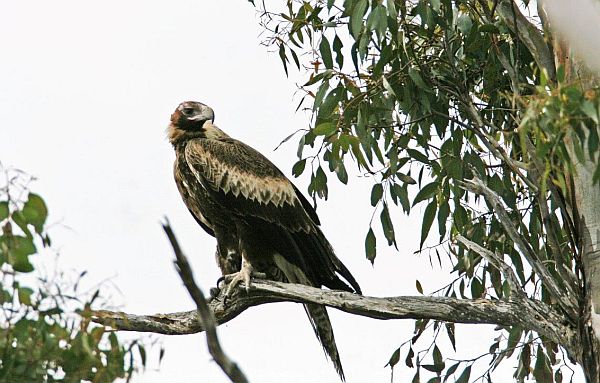
Wedge-tailed Eagle perched near nest. Wedge-tailed Eagles can live between 15-20 years in the wild. Image: Bob McPherson
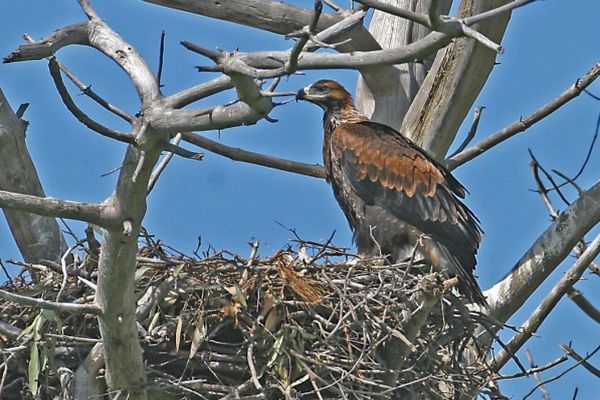
Wedge-tailed Eagle tending to chicks in the nest. Image: Bob McPherson.
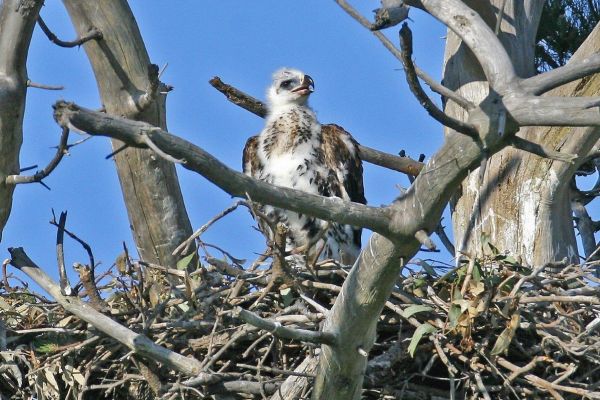
Wedge-tailed Eagle chick at nest. Image: Bob McPherson.
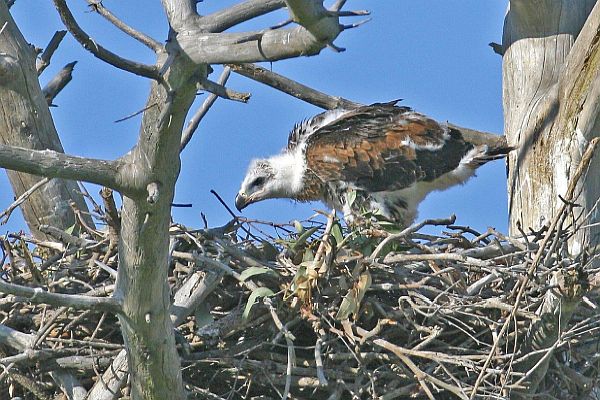
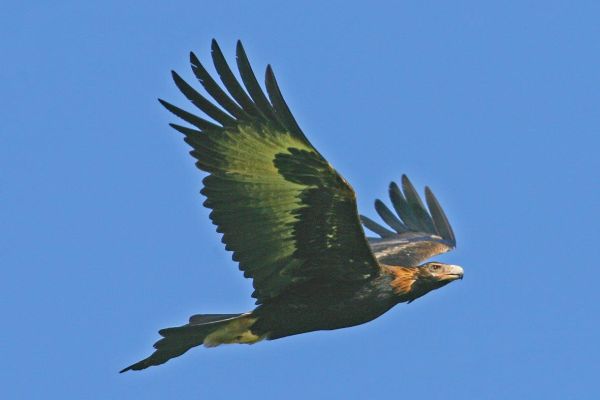
Wedge-tailed Eagle in flight. Movement of up to 850 km over 7 months has been recorded. Image: Bob McPherson.
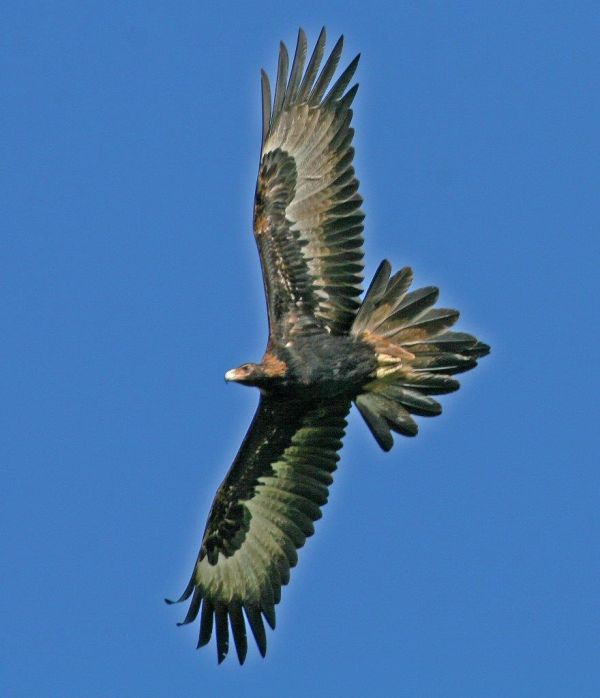
A large wingspan just over 2 metres across allows the Wedge-tailed Eagle to glide in the thermals for hours on end. Image: Bob McPherson.
Wedge-tailed Eagles feed on dead animals, often roadside killed animals such as possums and rabbits. They can feed on lamb carcases which are often killed by foxes but there should not be an automatic conclusion that a Wedge-tailed Eagle killed the lamb as this is a very rare occurrence.
The Wedge-tailed Eagle is protected in Victoria under the Wildlife Act 1975 and must not be killed, hunted, poisoned, trapped or taken from the wild.
Observations of Wedge-tailed Eagles (Aquila audax) filmed from a bush block at Black Range near Bega in south-eastern Australia by Matthew Higgins.


